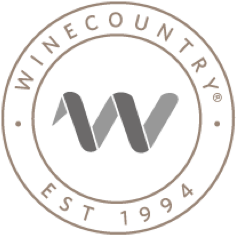Riesling often gets a bad rap for being too sweet, but Mosel producers, many of which have been around for hundreds of years, are doing their best to change that with extremely refreshing, balanced wines (both sweet and dry with amazing acidity) that can age up to 40 years. Like cabernet in Napa, riesling is no doubt king here, but other Mosel wines include pinot blanc and pinot noir.
The main growing region here is known as the Middle Mosel, or Mittelmosel in German, and that’s where you’ll want to be when tasting. We suggest basing yourself in the town of Bernkastel-Kues.
This winery opened a brand new tasting room in 2018. One of the most modern facilities in all of the Mosel, a wall of windows looks out at the famous Ürziger Würzgartenvineyard, from which you will taste many wines during your visit. Selbach-Oster has been in the same family for more than 400 years, but proprietor Johannes Selbach is very forward thinking and thus more willing than most Mosel producers to implement new-world technology and practices. Ask about tasting the gewürztraminer; a passion project of Selbach’s, it’s the only one you’ll taste in the whole region.
The Prüm name has wine roots in the Mosel that go back to the 1100s. Since 2011, the winery has been run by its first female owner (and winemaker), Saskia Andrea Prüm, who if you’re lucky, will host your tasting. With side-by-side pourings through a diverse lineup of wines, you’ll be able to smell and taste the differences between vines grown in the Mosel’s blue, gray, and red slate soils. Take a peak in the 1920s cellar before you leave.
Markus Molitor is at the forefront of a new era in the Mosel focused on quality; they’re committed to precise vineyard and winemaking techniques that produce high-end wines with intense structure, freshness, and elegance. Only a handful of decades old, Markus Molitor seems like a baby, but brings eight generations of family winemaking from just a few villages down into play. They are also one of the largest wineries in the region: Markus Molitor owns 100 hectares of vineyards from 15 different sites (most possess just a couple of hectares) and produces 60 different wines.



















